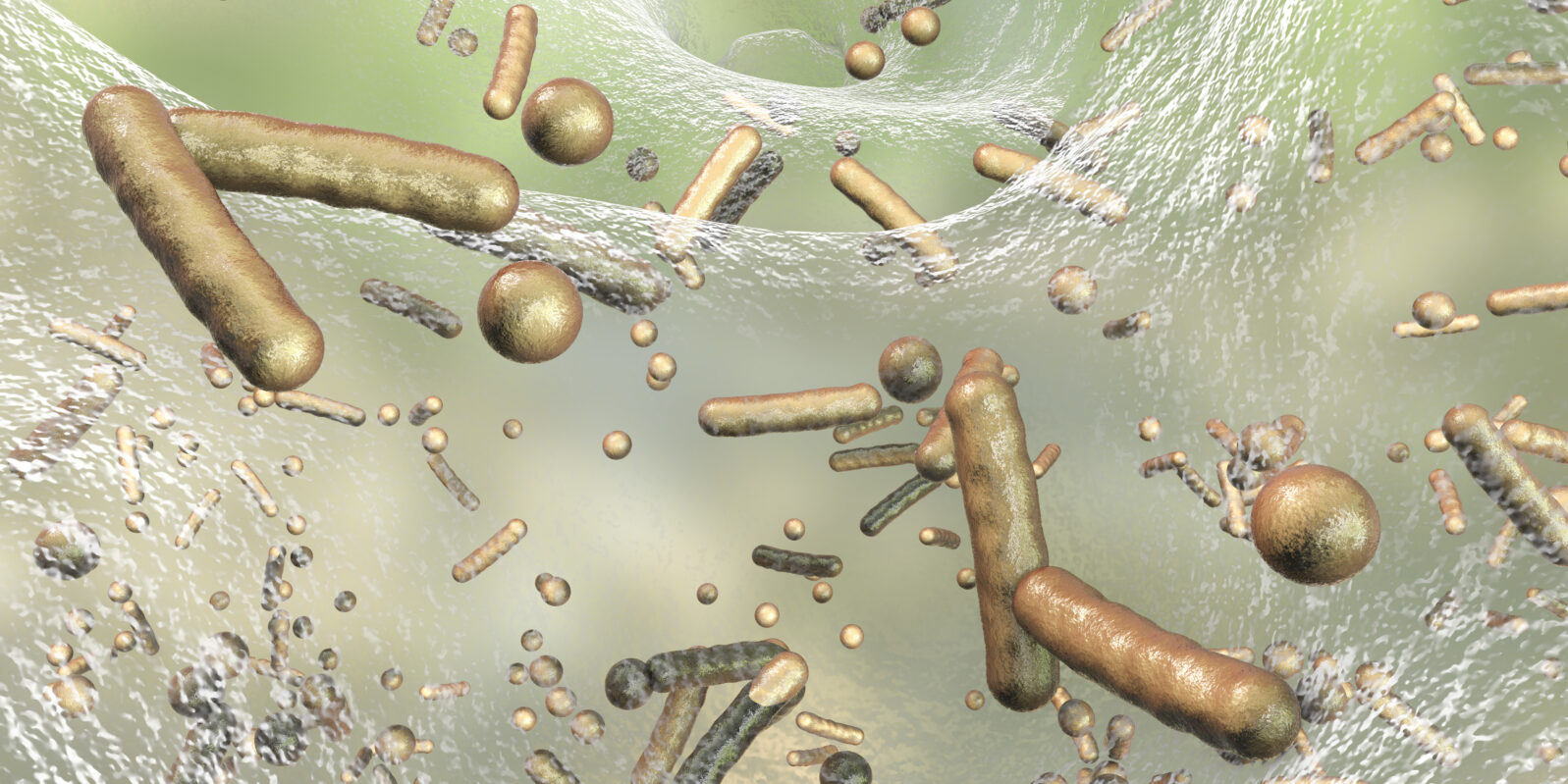Do Bacteria Warn Others While Dying from Antibiotics?
Scientists are learning more about the complex ways bacteria overcome efforts to control themThat’s what we learn from a new open-access paper in Nature titled “Dead cells release a ‘necrosignal’ that activates antibiotic survival pathways in bacterial swarms.”
It’s sometimes described as “screams,” but it’s actually a release of chemicals, which amounts to the same thing: a warning to prepare for an onslaught of antibiotics. The scientists also noted another curious factor:
The cascade of genes turned on by necrosignals not only protected the surviving swarm from antibiotics, but promoted future resistance to the compounds that killed their comrades. What’s more, the scientists realized that subpopulations of swarm bacteria were genetically variable; some were more susceptible to the antibiotics than others. Swarms of bacteria may collectively cultivate different subpopulations as an evolutionary survival strategy — if new antibiotics kill the vulnerable members of the swarm, their deaths will help to protect the rest, the study authors wrote.
Mindy Weisberger, “‘Death screams’ of swarming bacteria help their comrades survive antibiotic attacks” at LiveScience
Of course, if bacteria can really cultivate more susceptible subswarms whose deaths help the others survive—like canaries in a coal mine?—are they much smarter than we think?
An alternative explanation is that a great deal of information exists in life forms, far more than we usually realize. That information is not necessarily experienced by individual life forms as consciousness or the personal ability to strategize or make choices, even though we might speak of it that way.
The philosopher Thomas Nagel wrote a famous essay in 1974, “What is it like to be a bat?”. He saw that bats, while vastly limited in intelligence relative to humans, have some form of individual consciousness. Thus they can be the subjects of experiences.
Distinct from the level of information that enables the bat to remain alive and a colony of bats to maintain itself, “there is something that it is like to be a bat” (emphasis added).
There is probably nothing that it is like, in the same sense, to be a bacterium, though a great deal of information may be instantiated in the individual bacterium and in the swarm. How that information came to be present in such quantities is the basis of the intelligent design controversy.
But think of the implications for antibiotics. The authors of the paper write,
This phenomenon, which we call ‘necrosignaling’, exists in other Gram-negative and Gram-positive bacteria and displays species-specificity. Given that adaptive resistance is a known incubator for evolving genetic resistance, our findings might be clinically relevant to the rise of multidrug resistance.
– Bhattacharyya, S., Walker, D.M. & Harshey, R.M. Dead cells release a ‘necrosignal’ that activates antibiotic survival pathways in bacterial swarms. Nat Commun 11, 4157 (2020). https://doi.org/10.1038/s41467-020-17709-0
If we think of disease-causing bacteria as mere blobs of plasm that can easily be killed by the latest drugs, we risk fighting a losing battle against an ancient foe that has still more tricks that we will discover when newer antibiotics do not work as expected. But the more tricks we learn about, the more defenses we can develop. We will be learning a long time. One thing disease-causing bacteria won’t do is just go extinct.
Also: In In what ways are bacteria intelligent? As antibiotic resistance grows, researchers are discovering that these microbes are not just single, simple cells. We must understand the surprisingly complex ways bacteria “think” in order to keep them in check.
